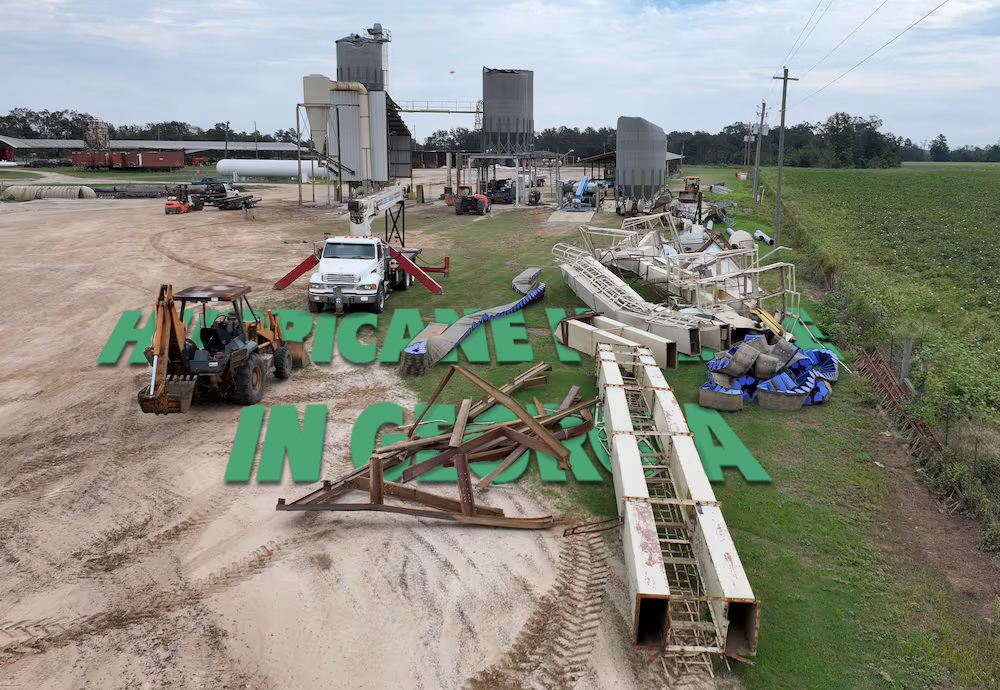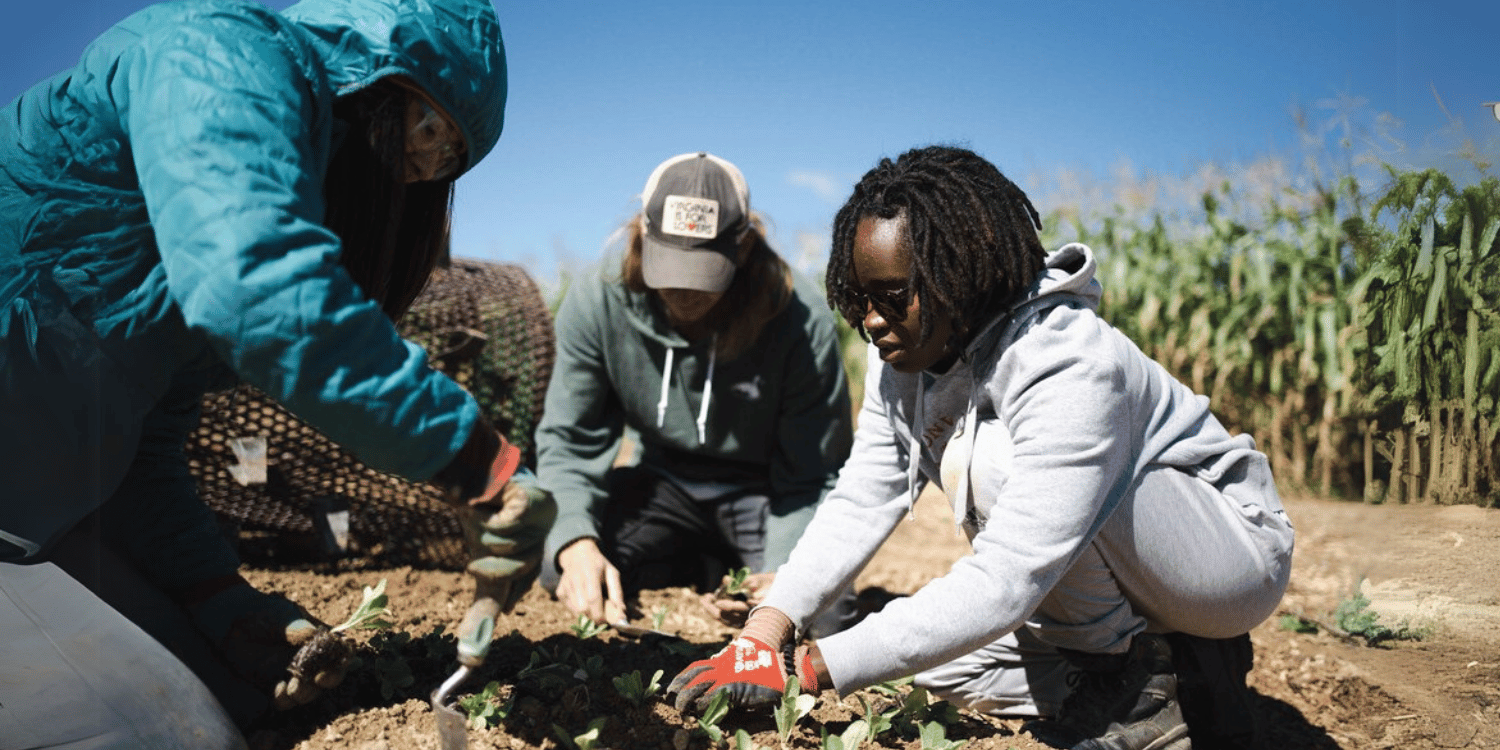Cotton, vegetables, and timber among hardest hit as Georgia’s farming industry faces extensive damage and recovery challenges.
Hurricane Helene’s devastation in Georgia has left a lasting economic impact, with initial estimates revealing losses exceeding $5.5 billion in agricultural and timber sectors.
Striking at the end of September, Helene claimed 34 lives and caused extensive damage to over 200,000 homes, marking it as the deadliest hurricane to hit the mainland United States since Hurricane Katrina nearly 20 years ago.
The preliminary analysis, conducted jointly by the University of Georgia, the Georgia Department of Agriculture, the Georgia Forestry Commission, and Governor Brian Kemp’s office, emphasizes that the full extent of the financial toll remains uncertain.
This figure accounts for immediate losses in crop production and damages to agricultural infrastructure, alongside recovery efforts such as replanting and rebuilding critical facilities. This estimate is only an initial measure of the hurricane’s economic repercussions.
The agricultural sector, a cornerstone of Georgia’s economy, was hit particularly hard. Among the state’s most profitable crops, cotton, vegetables, and nursery plants suffered significant damage.
The Georgia Department of Agriculture estimates that approximately 33% of Georgia’s cotton crop was lost, while up to 30% of fall vegetables, such as zucchini and squash, were destroyed. Nursery industries also faced severe setbacks, with widespread damage to irrigation systems, greenhouses, and other critical infrastructure.
The devastation extended to other key crops, including peanuts, pecans, citrus, soybeans, tobacco, and blueberries, while Georgia’s leading agricultural commodity, the poultry industry, was significantly impacted. Hundreds of chicken houses were damaged or destroyed, resulting in a notable loss of livestock. These agricultural losses contribute substantially to the overall financial toll.
Timber production, another critical economic driver, experienced catastrophic damage as the hurricane swept across more than 8 million acres of Georgia’s forestland. Of this, 1.5 million acres sustained the heaviest damage, with timber losses valued at approximately $1.28 billion. The destruction of forestry resources will have long-term consequences for the state’s economy and environment.

In response to the widespread devastation, relief efforts are underway to support the agriculture sector. According to a Georgia Farm Bureau report, one in seven Georgians is employed in agriculture, timber, or related fields. To aid these workers, the Georgia Department of Agriculture, alongside 40 agricultural organizations, has launched the Weathered But Strong: Georgia Hurricane Relief Fund.
Applications for assistance opened on November 18 and will remain open until December 31, with priority given to the 60 Georgia districts designated as disaster areas. To date, the fund has raised over $1 million, with a goal of reaching $1.5 million.
State leaders are also reallocating resources to provide further assistance. In early November, the Georgia State Financing and Investment Commission approved the redirection of $100 million from state capital projects to support farmers and timber producers.

Governor Kemp, in a letter to Congress, emphasized the critical need for federal assistance, stating, “Georgia’s agricultural sector, a cornerstone of our economy and cultural identity, was hit particularly hard. Specialty crops, livestock operations, and small farms have suffered widespread devastation, many without sufficient insurance coverage to recover independently.”
The combined efforts of state agencies, industry coalitions, and federal appeals reflect a unified strategy to address the long-term recovery of Georgia’s agricultural and timber industries. However, as assessments continue, the true scale of Hurricane Helene’s impact will likely extend far beyond the current estimates.




















